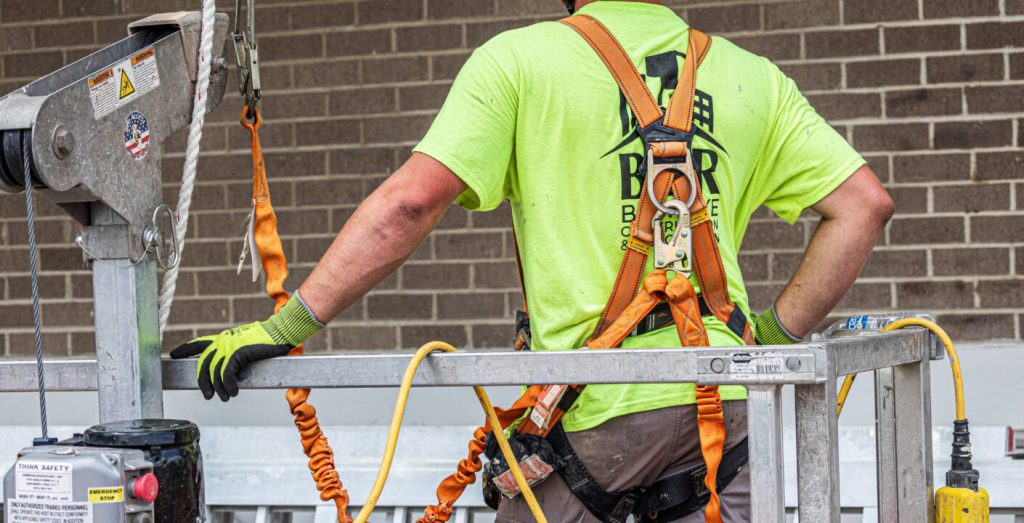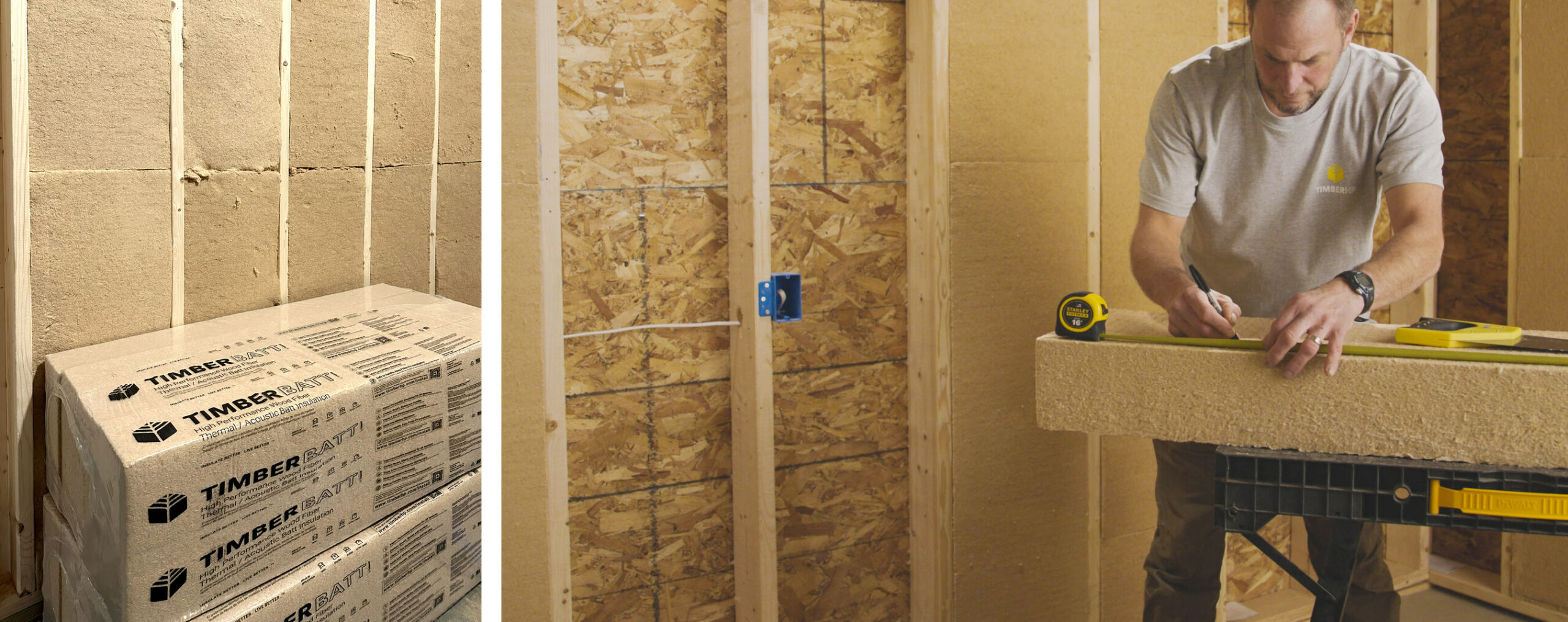
The Short Answer: Lanyards are a critical connection in any fall protection system, linking workers to a secure anchor point and reducing injury risks when working at height. From shock-absorbing lanyards with energy absorbers to tie-back and positioning options, choosing the right safety lanyard ensures compliance, protection, and confidence on the jobsite.
Every component of a fall protection system plays an important role in keeping workers safe. Lanyards often don’t get the same attention as harnesses or lifelines, but they provide a critical connection on the jobsite. By linking the worker to a secure anchor point, lanyards help reduce risks and protect against serious injuries when working at height.
At Malta Dynamics, we design lanyards that meet the realities of the field—durable, dependable, and easy to use. Understanding their purpose, types, and best practices can help ensure workers are protected every time they tie off.
Why Lanyards Matter
A lanyard is more than a simple strap. It helps absorb energy, minimize fall forces, and keep workers secure while performing dangerous tasks. Paired with a safety harness, lanyards provide the link between the worker and an anchor point, making them a vital part of a complete fall protection system.
Crews on scaffolding, steel beams, or rooftops depend on lanyards for reliable fall arrest. With the right safety feature—like a shock absorber or deceleration device—a properly selected lanyard can mean the difference between a safe stop and serious injury.
Not all jobs call for the same solution. Safety managers should consider environment, fall clearance, and mobility before choosing between these options:
Shock-Absorbing Lanyards
Equipped with a shock pack or integrated energy absorber, these lanyards reduce arresting forces on the body during a fall. They are best used when adequate clearance is available, keeping workers from contacting lower levels.
Restraint Lanyards
A proactive solution, these prevent workers from ever reaching a fall hazard. Restricting mobility ensures crews remain inside safe zones—ideal when working near roof edges or open platforms.
Positioning Lanyards
Built with lanyard loops or lanyard attachment hardware, these keep workers stable while leaving their hands free. Since they are not rated for fall arrest, they must be paired with a backup system like a self-retracting lifeline.
Tie-Back Lanyards
Made with reinforced webbing or wire rope, these connect back to themselves. By eliminating the need for a separate anchorage connector, tie-back lanyards offer flexibility when attaching to irregular structures.
Single-Leg & Double-Leg Lanyards
A single-leg lanyard is straightforward for controlled environments, while a double leg lanyard provides 100% tie-off, allowing continuous connection when moving between anchor points.
Source: https://maltadynamics.com/the-role-of-lanyards-in-construction-site-safety/

Mr. Roger Spataro offers a unique perspective on home improvement content, combining his writing skills with hands-on construction experience. Hailing from Chicago, Spataro began his career in the building construction industry after earning a Bachelor of Arts in English Literature from the University of Illinois at Chicago. He transitioned into writing, initially creating technical manuals and guides for construction professionals, allowing him to share his practical knowledge through the written word.



